Menu
-
MenuBack
-
Shop
-
-
-
-
-
-
-
-
-
-
-
Dodatki do domu
-
-
-
Pudełka prezentowe
-
-
-
-
-
-
-
-
-
Cotton T-shirts
-
-
-
- New
- Sale
- About KABAK
-
Our shops
-
-
Business offer
-








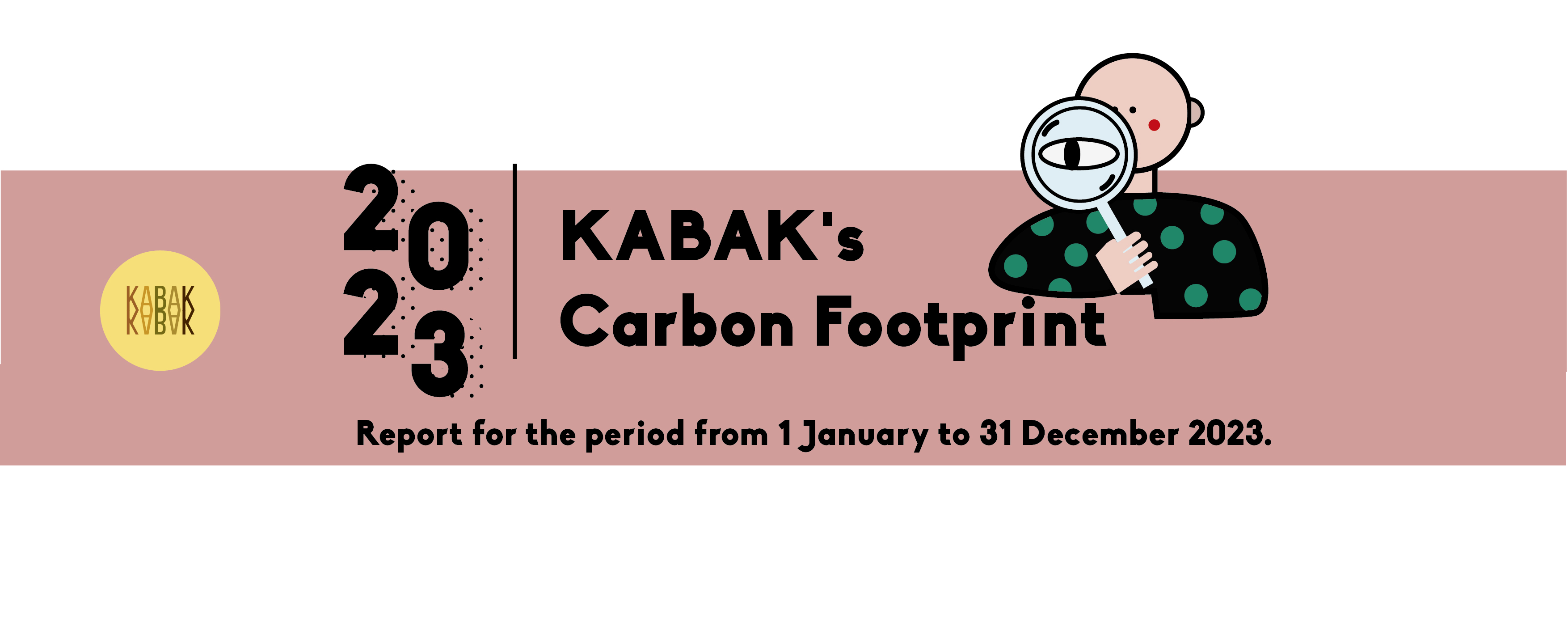
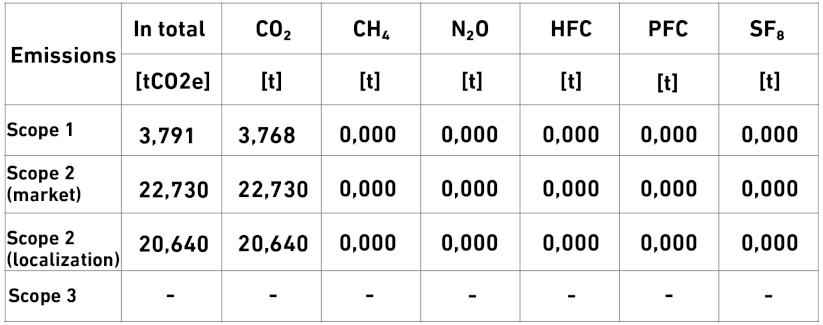
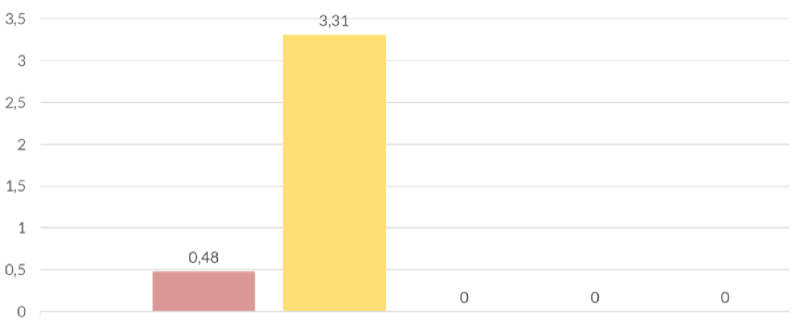
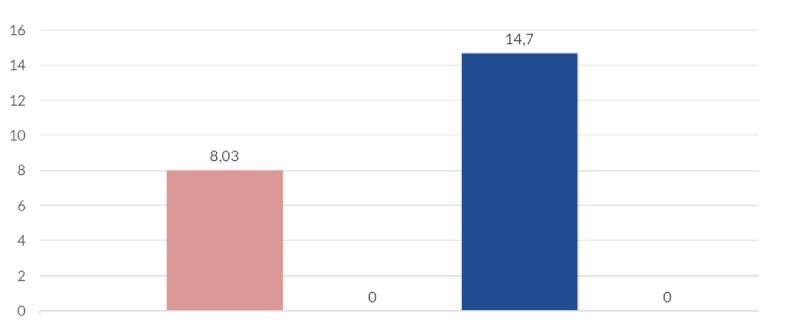
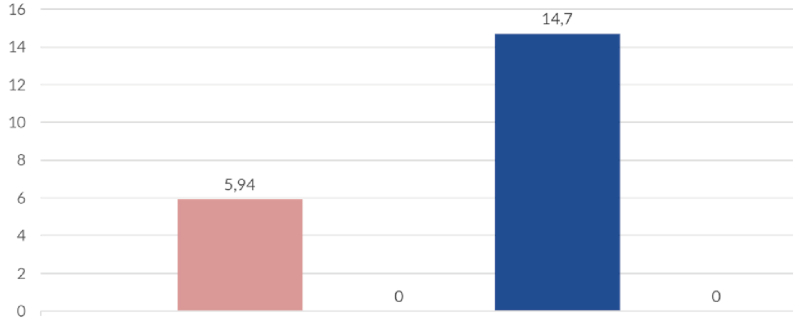
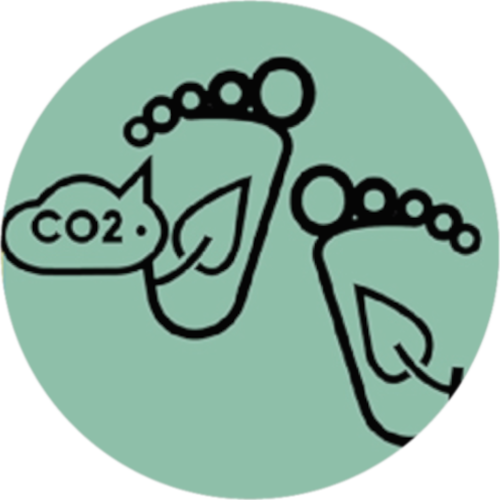

KABAK's Commentary:
We are taking efforts to optimise this part of our emissions by replacing current modes of transport with less carbon-intensive solutions, such as car-sharing and travel by rail.